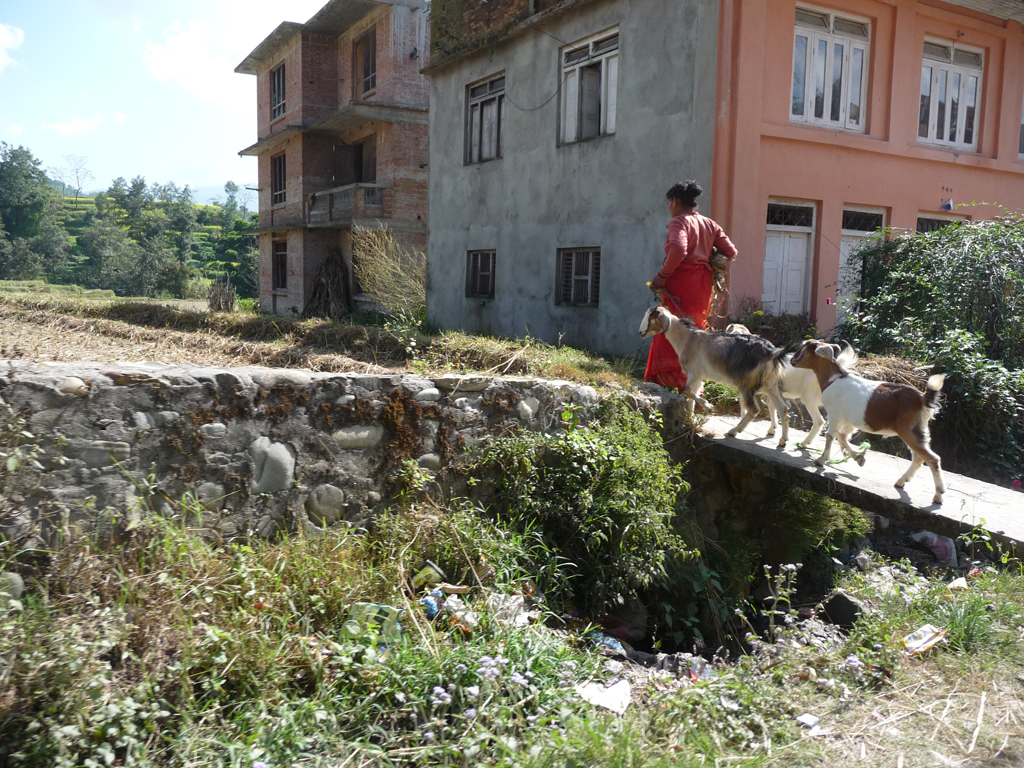Social situation Large sections of the population vulnerable
According to estimates from 2020, some 17 per cent of the population continues to live in poverty, and there are major disparities between rural and urban areas. Almost one third of children under the age of five suffer from developmental delays as a result of malnutrition, and medical care is inadequate.
Only around two thirds of the adult population are able to read and write. There is a lack of basic infrastructure, nationwide social services and opportunities for political and social participation.
Nepal is extremely ethnically and culturally diverse – its 30 million inhabitants come from more than 100 different ethnic groups. Although Nepal has signed most international human rights agreements, discrimination on the basis of gender, ethnicity, religion and social background remains widespread.
Discrimination against women
Gender equality is enshrined in numerous laws, but patriarchal structures and attitudes based on religious beliefs often prevent it from being enforced. As a result, women are under-represented in politics and almost exclusively employed in precarious jobs.
Many girls are married before the age of 18. In some parts of the country, women and girls experience discrimination while they are menstruating and – despite the practice being illegal – are excluded from their homes for being “unclean”.
As at: 10/02/2023
